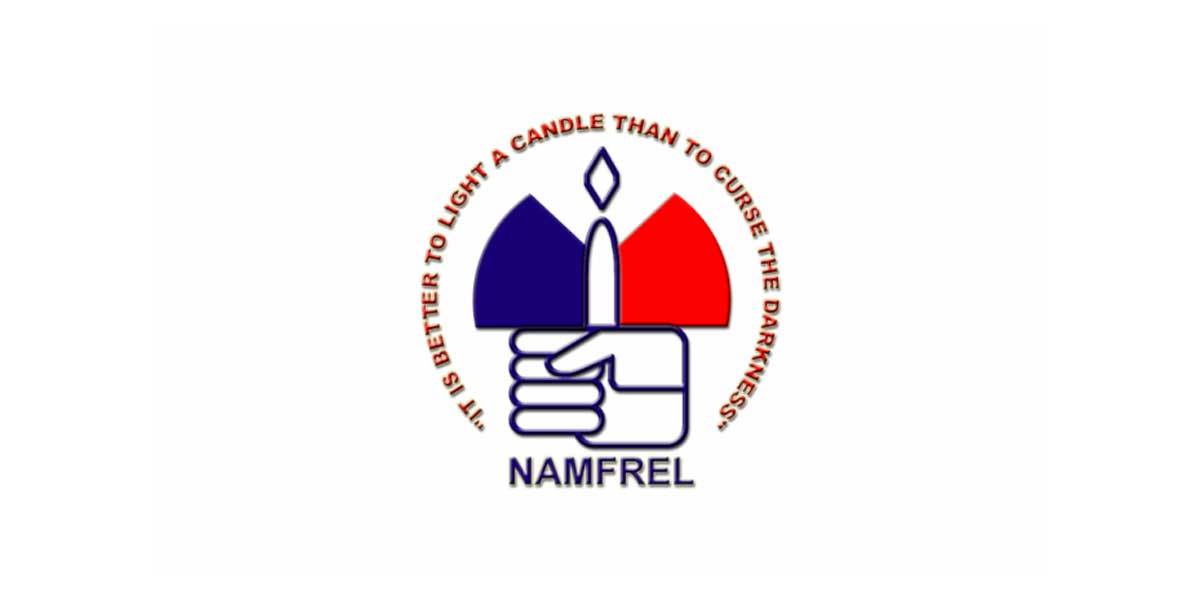By Engr. Carlos V. Cornejo
If you are the type of person who makes New Year’s resolutions like losing weight, or kicking off a bad habit but constantly end up not keeping them, and might have already made the ultimate New Year’s resolution to not make any more New Year’s resolutions (because you feel you are hopeless), then this book by James Clear, “Atomic Habits: An Easy & Proven Way to Build Good Habits & Break Bad Ones” might be your saving grace.
The author says that we fail with our adoptive healthy or productive habit because our intended new behavior is not “obvious, easy, attractive and satisfying.” He calls them the “Four Laws of Behavior Change” that if our envisioned habit does not fall under those laws, we will fail in adopting that new behavior.
Let’s say your resolution is to exercise daily. “Obvious”, means you should have an obvious daily cue to do your physical exercise in the gym or at home for example. “Easy”, means you have an easy routine that will provoke you to do your regular exercise. “Attractive”, would mean that something is appealing to you to do that exercise. And lastly, “Satisfying” means that you should always get an immediate satisfying feeling when you have done your exercise.
To accomplish that, Mr. Clear suggest two strategies to make every new healthy and productive behavior (i.e., exercising, cooking, writing, reading, etc.) obvious, easy, attractive, and satisfying so that it may turn into a daily habit through “Stacking & Starting, along with Syncing & Scoring.”
Stacking & Starting
You’ve probably used ‘habit stacking’ to build new hygiene habits without realizing it. As a child, you stacked the habit of flushing the toilet with the habit of washing your hands. Flushing the toilet became the cue for your hand washing habit.
Habit stacking involves using an old and reliable daily habit as the trigger for a new habit. When you stack a new habit on an existing habit, you use the momentum of the old habit to make the new habit easier to initiate. Think of it as riding a bike down a hill to build up enough speed to get up the next hill with minimal pedaling.
But if the hill of your new habit is too daunting, the momentum of the old habit won’t be enough. That’s why you need to reduce your new habit to an easy two‐minute ‘starting ritual’.
James Clear says, “Even when you know you should start small, it’s easy to start too big. When you dream about making a change, excitement inevitably takes over and you end up trying to do too much too soon. The most effective way I know to counteract this tendency is to use the Two‐Minute Rule, which states, ‘When you start a new habit, it should take less than two minutes to do’.”
Examples of Starting Rituals:
- “Read before bed each night” becomes “Read one page.”
- “Do thirty minutes of yoga” becomes “Take out my yoga mat.”
- “Study for class” becomes “Open my notes.”
- “Fold the laundry” becomes “Fold one pair of socks.”
- “Run three miles” becomes “Tie my running shoes.”
Syncing & Scoring
Ronan Byrne, an electrical engineering student in Dublin, Ireland knew that he should exercise more, so he used his engineering skills to synchronize his stationary bike with his laptop. He wrote a program on his laptop to play his favorite Netflix shows on the TV in front of the stationary bike when he cycled at a certain speed. If he slowed down, Netflix would pause, and he’d need to cycle harder to finish the episode he was watching ‐ binge‐watching Netflix meant burning calories.
Like Byrne, if you only allow yourself to enjoy your favorite experiences while executing a healthy and productive new habit, you’ll find the new habit is something you look forward to doing.
Examples of Syncing Actions:
- Allow yourself to play your favorite video game only on the treadmill.
- Allow yourself to enjoy your favorite protein cookie only if you’re at the gym.
- Allow yourself to listen to your favorite music only while you are doing your school or office work.
When you synchronize an experience, you crave with a new habit you dread doing, the craving will counteract the resistance to executing the new habit and allow you to get started.
Synchronizing is a great tool for building a new habit, but to make a habit stick the habit must become inherently satisfying. And to make a habit inherently satisfying you must keep a score.
Imagine on January 30th you look up at your wall and see 27 red check marks, on 27 of the last 30 days. Each check‐mark represents a successful workout. That calendar is visual proof that you are someone who cares about their health. You should take pride in that fact.
If you take time to score the completion of a habit in a habit tracker (ex: calendar on your wall, app on your phone, or physical habit tracking notebook), you’ll start to see a pattern of behavior that proves you’re becoming the type of person you’ve dreamed of. The
immediate pride you experience after using a habit tracker provides the satisfaction you need to return to the habit over and over until the habit sticks.




















